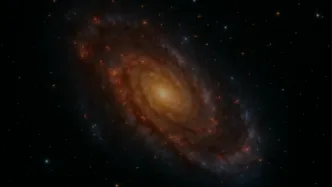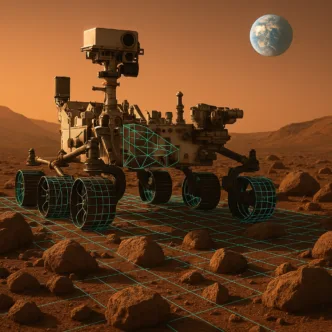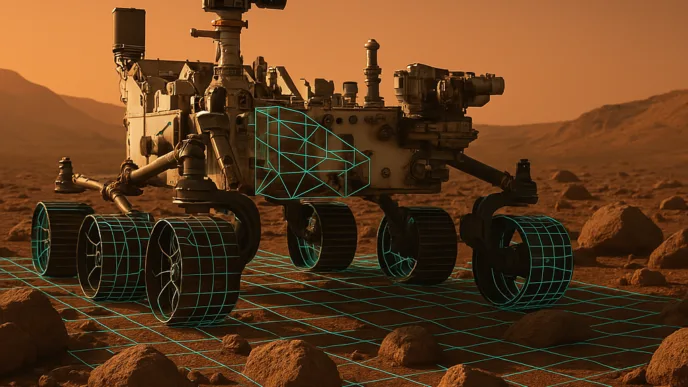Webb Telescope Unveils Oldest Known Galaxy in the Universe
Mini Summary:
NASA’s James Webb Space Telescope has detected the most ancient galaxy ever observed, pushing our understanding of the universe’s origins further than ever. This discovery could reshape cosmological models and open new questions about the formation of the first stars.
The Record-Breaking Discovery
Astronomers have confirmed that the Webb Telescope has captured light from a galaxy that formed just 290 million years after the Big Bang. Named GN-z11X, this galaxy is estimated to be over 13.4 billion years old.
The detection was made possible through Webb’s advanced infrared imaging, which can peer through cosmic dust and see deeper into time than any previous telescope. Researchers believe GN-z11X contains massive, rapidly forming stars, indicating that galaxy evolution happened faster than previously thought.
Why This Matters for Cosmology
Finding such an old galaxy challenges existing models of how early galaxies formed. If stars and heavy elements existed this soon after the Big Bang, it suggests the first phases of cosmic evolution were far more intense than scientists assumed.
This discovery may also impact the search for Population III stars, the universe’s earliest stellar generation, which could hold clues about the origins of chemical elements essential for life.
Next Steps in Exploration
Astronomers plan to focus Webb’s spectroscopic tools on GN-z11X to determine its chemical composition and star formation rate. These findings will help refine theories about the early universe and guide future deep-space missions.
Internal Links:
External Link:
We’re preparing an article on galaxy formation models in the early universe. Stay tuned for that.















Hi, this is a comment.
To get started with moderating, editing, and deleting comments, please visit the Comments screen in the dashboard.
Commenter avatars come from Gravatar.
Helped me make an informed decision for my next purchase. Thanks for the detailed analysis.
Making informed decisions is key with tech like smartwatches. If you have any further questions, feel free to ask!
I have been examinating out many of your stories and i can state pretty clever stuff. I will surely bookmark your blog.